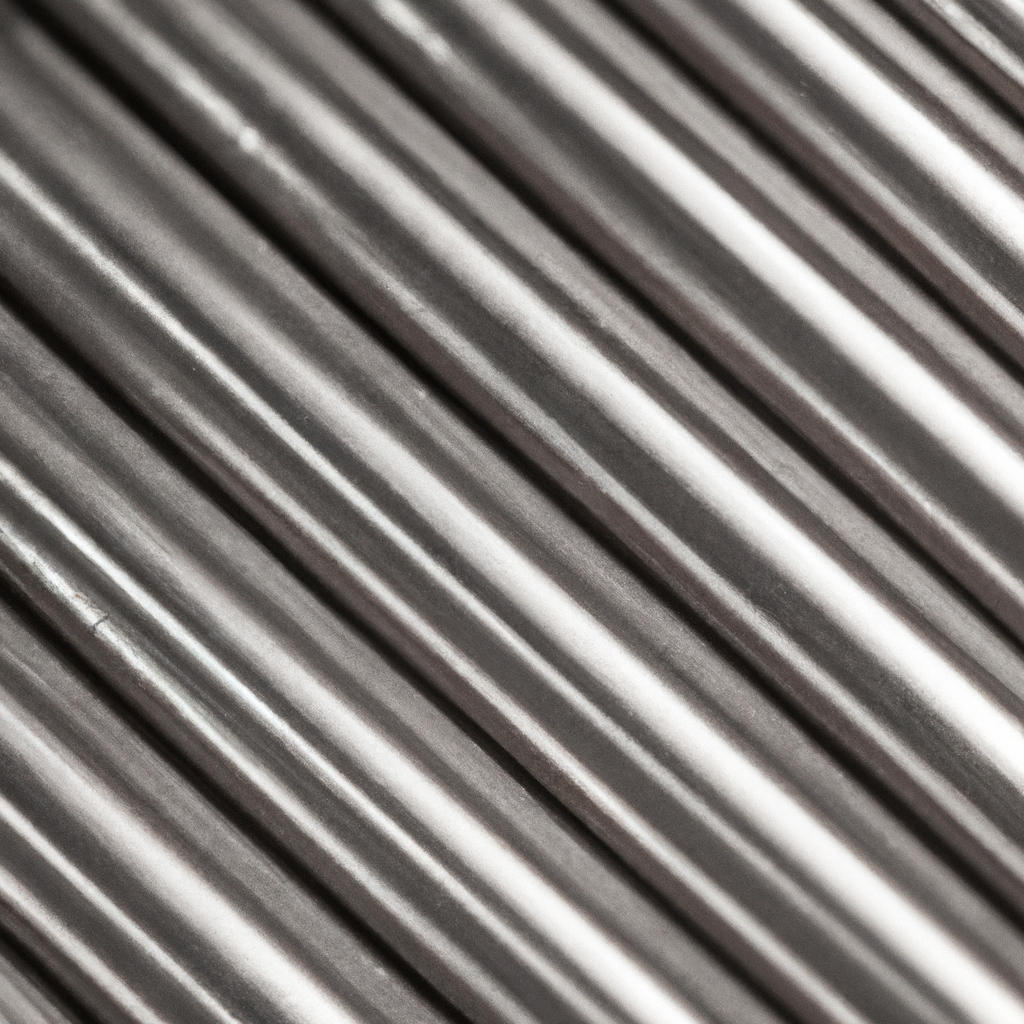In the world of metallurgy and engineering, silver steel is a prized material known for its exceptional strength and durability. However, to unlock its full potential, heat treatment becomes an essential step. In this article, we will delve into the intricacies of heat treatment techniques tailored specifically for enhancing the performance of silver steel.
Understanding Silver Steel
Before we plunge into the world of heat treatment, it’s important to grasp what silver steel is. Silver steel, also known as high-carbon bright steel, is a high-quality alloy steel characterized by its high carbon content, typically around 1.2%. This high carbon content gives it remarkable hardness and wear resistance, making it a popular choice for various applications, including precision tools and cutlery.

The Importance of Heat Treatment
Heat treatment is a process that involves subjecting a material, like silver steel, to controlled heating and cooling cycles to alter its mechanical properties. It can significantly enhance the steel’s hardness, strength, toughness, and even corrosion resistance. Without proper heat treatment, silver steel might not live up to its full potential.
Common Heat Treatment Techniques
4.1 Annealing
Annealing is the first step in the heat treatment process for silver steel. It involves heating the steel to a specific temperature and then slowly cooling it. This process relieves internal stresses, softens the steel, and makes it more machinable.
4.2 Hardening
Hardening involves heating the silver steel to a critical temperature and then rapidly cooling it, typically using oil or water. This process increases the steel’s hardness and wear resistance, making it suitable for cutting tools and machinery components.
4.3 Tempering
After hardening, silver steel may become brittle. Tempering is the process of reheating it to a lower temperature, followed by controlled cooling. This reduces brittleness while maintaining hardness and toughness.
Benefits of Heat Treatment for Silver Steel
Heat treatment offers several advantages for silver steel, including improved strength, wear resistance, and dimensional stability. It also allows for precise control over the material’s properties, making it versatile for various applications.
Choosing the Right Heat Treatment Method
Selecting the appropriate heat treatment method for silver steel depends on the desired properties and end-use. Engineers and metallurgists carefully choose between annealing, hardening, or tempering to achieve the desired results.
Factors Affecting Heat Treatment
7.1 Temperature Control
Precise temperature control during heat treatment is crucial. Variations can lead to inconsistent results or even material damage.
7.2 Cooling Rate
The rate at which the steel is cooled after heating can impact its final properties. Quenching in different mediums, like oil or water, can achieve different results.
7.3 Material Composition
The exact composition of the silver steel, including alloying elements, plays a significant role in determining the appropriate heat treatment process.
Heat Treatment Equipment
Various furnaces, kilns, and quenching tanks are used in the heat treatment of silver steel. The choice of equipment depends on the specific process and the scale of production.
Safety Precautions
Safety is paramount in any heat treatment process. Protective gear, proper ventilation, and adherence to safety protocols are essential to prevent accidents.
Case Studies
Explore real-world examples of how heat treatment has improved the performance of silver steel in specific applications.
Challenges in Heat Treating Silver Steel
While heat treatment offers numerous benefits, it also poses challenges, such as maintaining precise control over temperature and ensuring uniform properties across large batches.
Conclusion
In conclusion, heat treatment is a critical step in enhancing the performance of silver steel. It unlocks the full potential of this remarkable material, making it suitable for a wide range of industrial and engineering applications. By understanding the different techniques, factors affecting heat treatment, and safety precautions, engineers and metallurgists can harness the power of silver steel to create durable and reliable products.